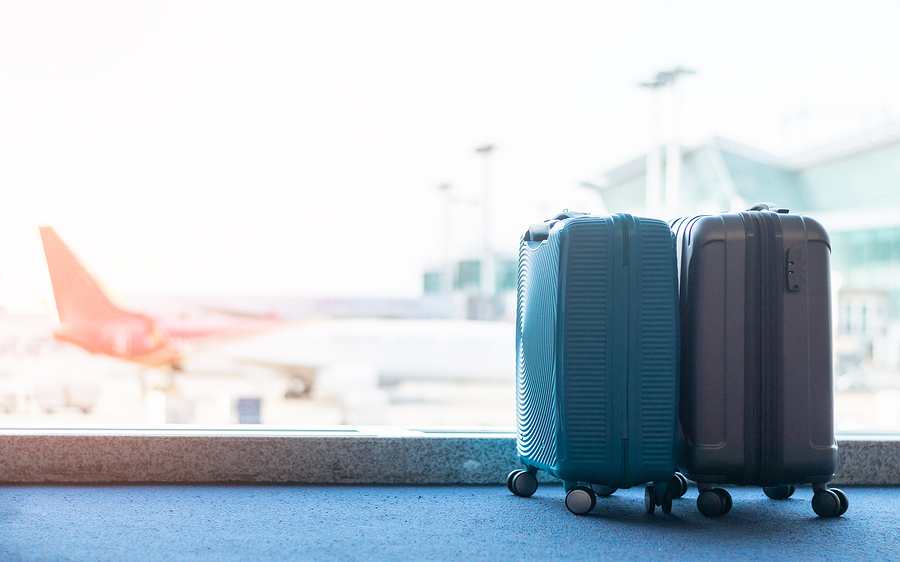
Remember when you didn’t have to pay to check your bag when flying? Remember when the airlines cited higher fuel costs as the reason why they needed to institute checked bag fees? Did you know that since then, the cost of fuel has declined dramatically yet bag fees are still around? It’s almost as if the airlines found a new revenue source and refuse to let it go. I think something similar is happening with health insurers and patient prescription drug out-of-pocket costs like co-pays.
When a patient goes to the pharmacy to pick up their drug, they are faced with three cost-sharing expenses they may need to pay on the spot, as determined by the health insurer (payer) – a co-pay, co-insurance, and paying toward their annual deductible. Each of these functions differently and can drastically impact how much out-of-pocket expense a patient will face. Co-pays are generally fixed rates based on how a drug is tiered by the payer. For example, a plan will have four drug tiers ranging from a five-dollar co-pay at the lowest to $70 at the highest. Most health insurance plans also institute co-insurance in certain cases where the patient is also responsible for paying a percentage of the drug’s list price – rates that can be 20% or more. Lastly, if a patient’s pharmacy costs are included in their deductible, they will need to pay 100% of the drug’s cost until they reach their deductible.
Patient cost-sharing was implemented as a way to force patients to consider cost when making health care decisions. The idea, in concept, was that if patients had “skin in the game” they may choose cheaper options available to them. However, for prescription drugs this is a dubious premise, at-best. Patients have limited to no options for which prescription drugs they use. Whether it’s a drug that has no competition or their insurer dictating which drug they have to take due to formulary constraints, patients generally are at the mercy of the doctor prescribing the drug and their insurer (who often limits which drugs a doctor is able to prescribe). In this world, cost-sharing is not a real incentive for patients to act, but rather a cost-shifting mechanism away from insurers and to patients.
All this background is relevant to the drug pricing debate in State Houses and in Congress. While the large majority of drug pricing legislation is seeking to lower the price of prescription drugs, it’s not clear at all whether any of these policy proposals will actually reduce a patient’s out of pocket expense – the place where people are most directly impacted.
So, here’s where it comes back to checked bag fees. If legislation is passed that does reduce the price of prescription drugs, will health insurers commit to lowering out of pocket costs for prescription drugs? The assumption is there is a direct relationship between cost of drugs and out of pocket costs. Yet, I’d wonder whether insurers treat patient cost sharing similar to how airlines treat baggage fees – they raise they when they claim they need more revenue but never lower them when profits increase.